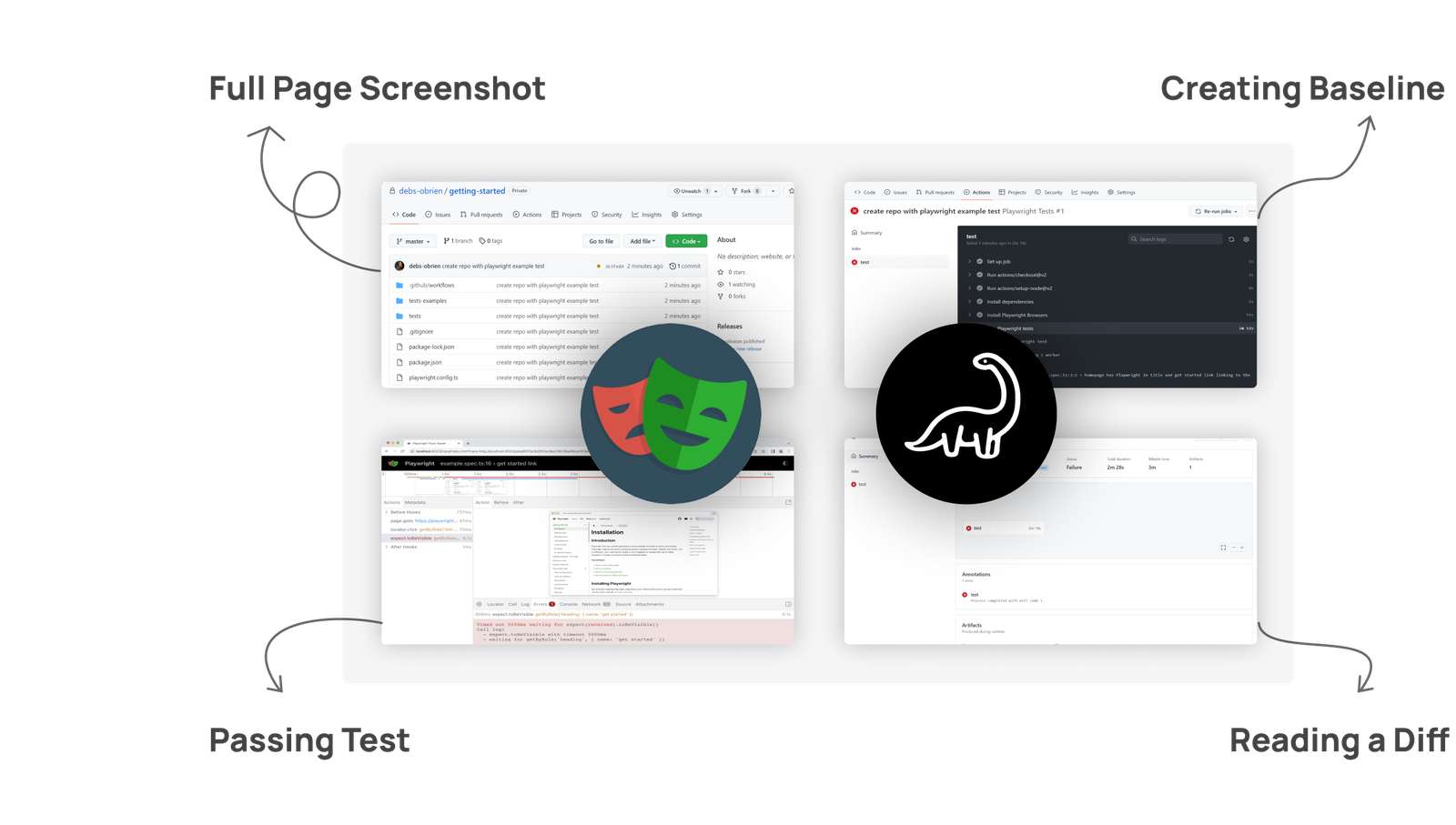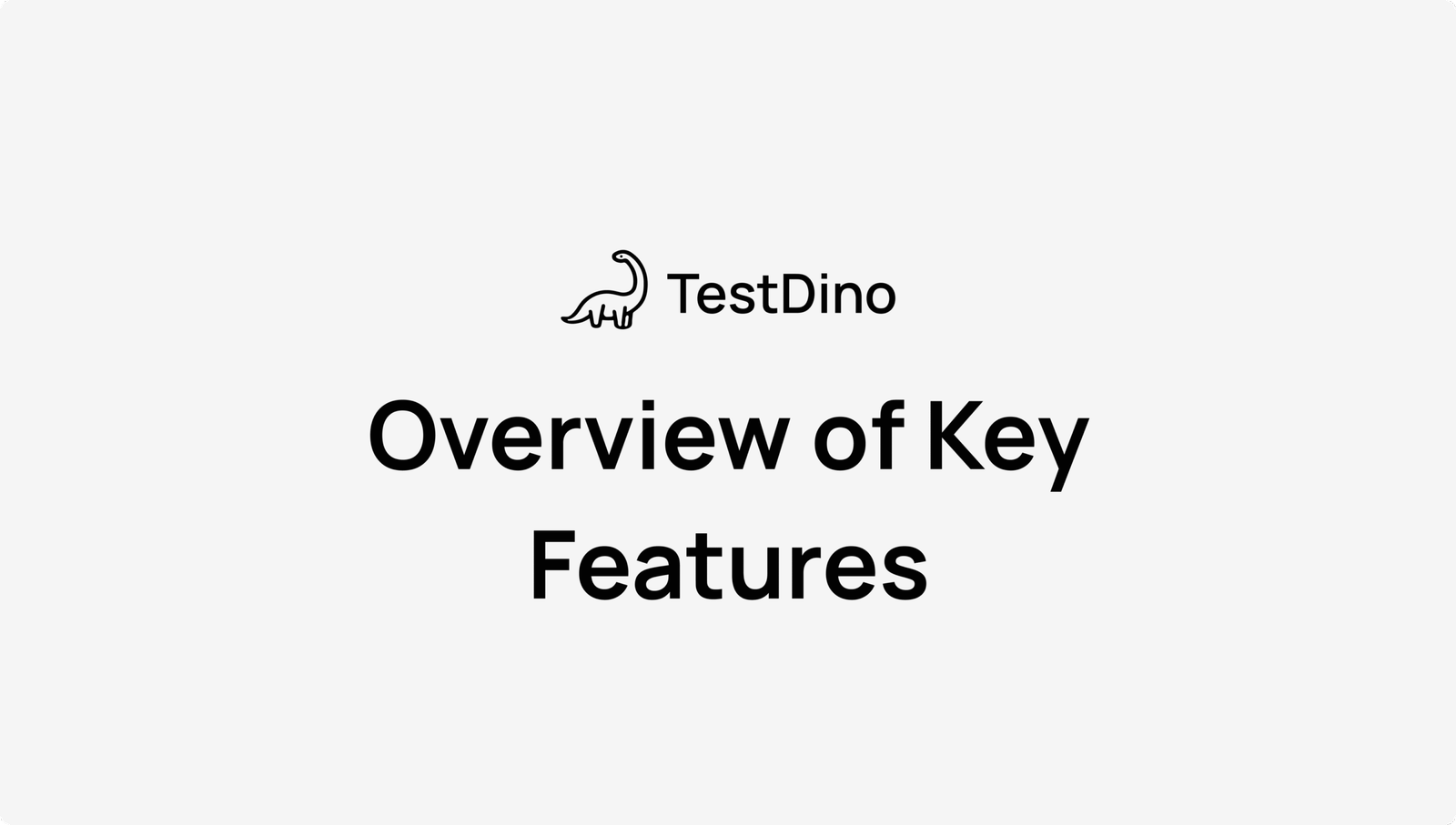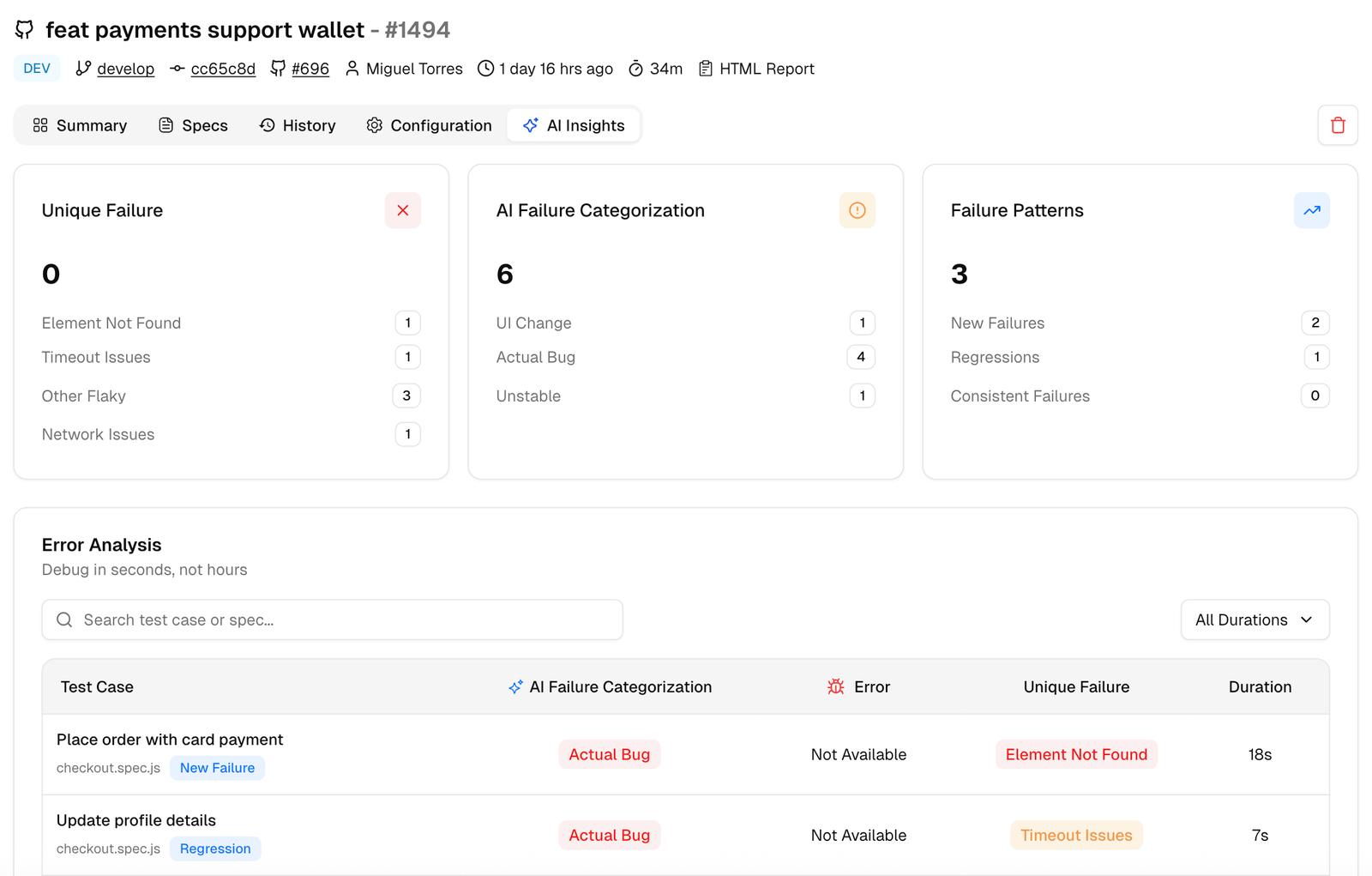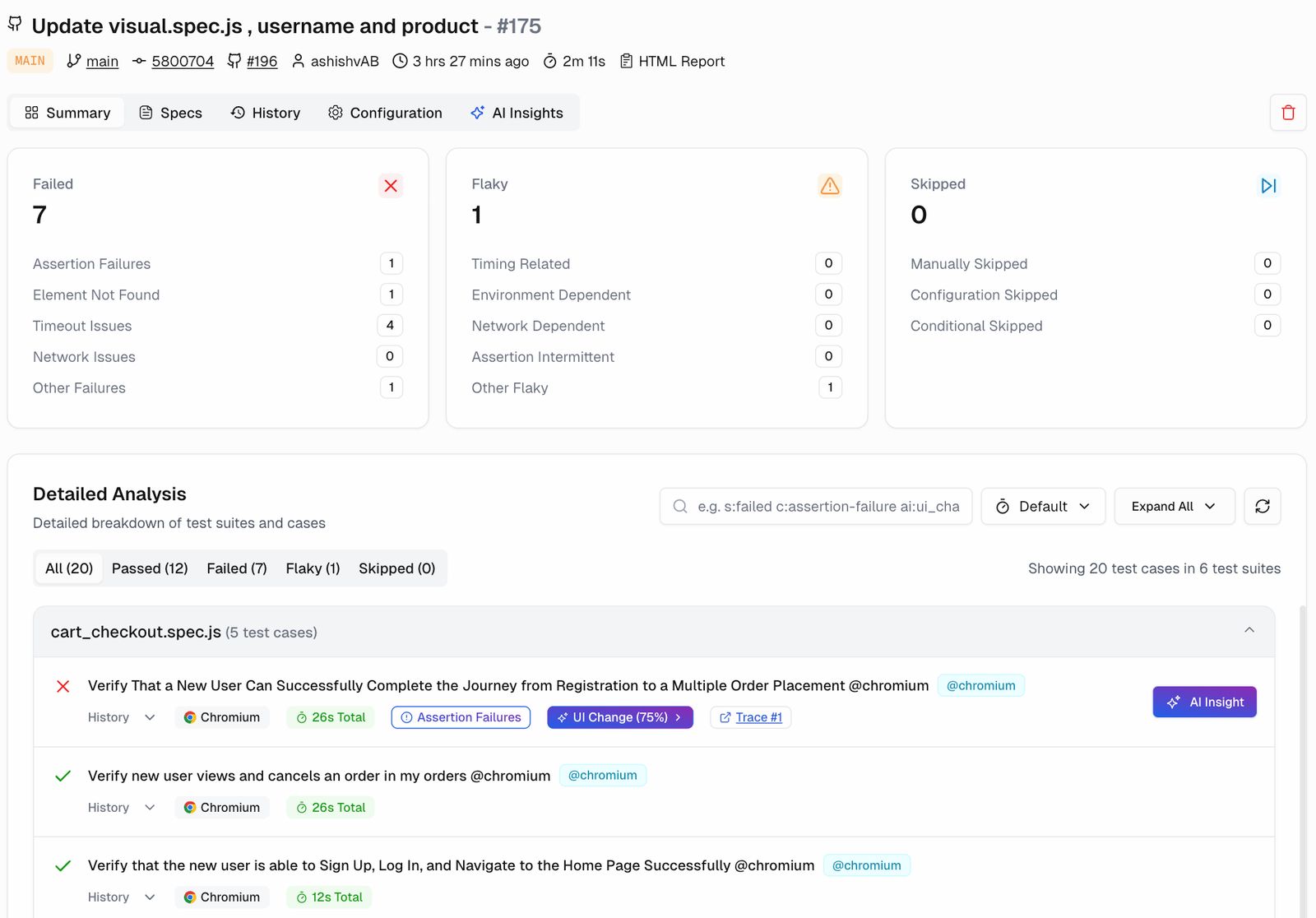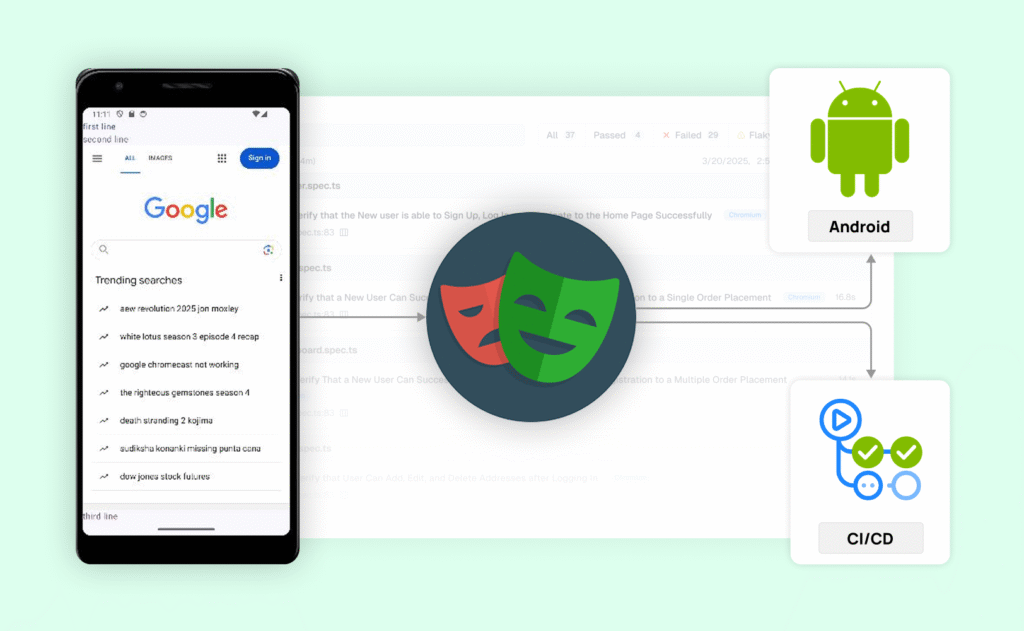Even when your tests pass, subtle visual issues still make it to production.
Your functional tests pass. Your unit tests are green. However, a shifted button or a background color that hides a call to action can undermine the user experience.
That's where Playwright visual testing comes in. It catches what your other tests miss: the actual appearance of your web pages. Think of it as automated QA with eyes that never gets tired, never miss details, and run continuously across multiple browsers.
But here's the thing. Running visual tests locally is easy. Running them at scale? That's when things get messy.

